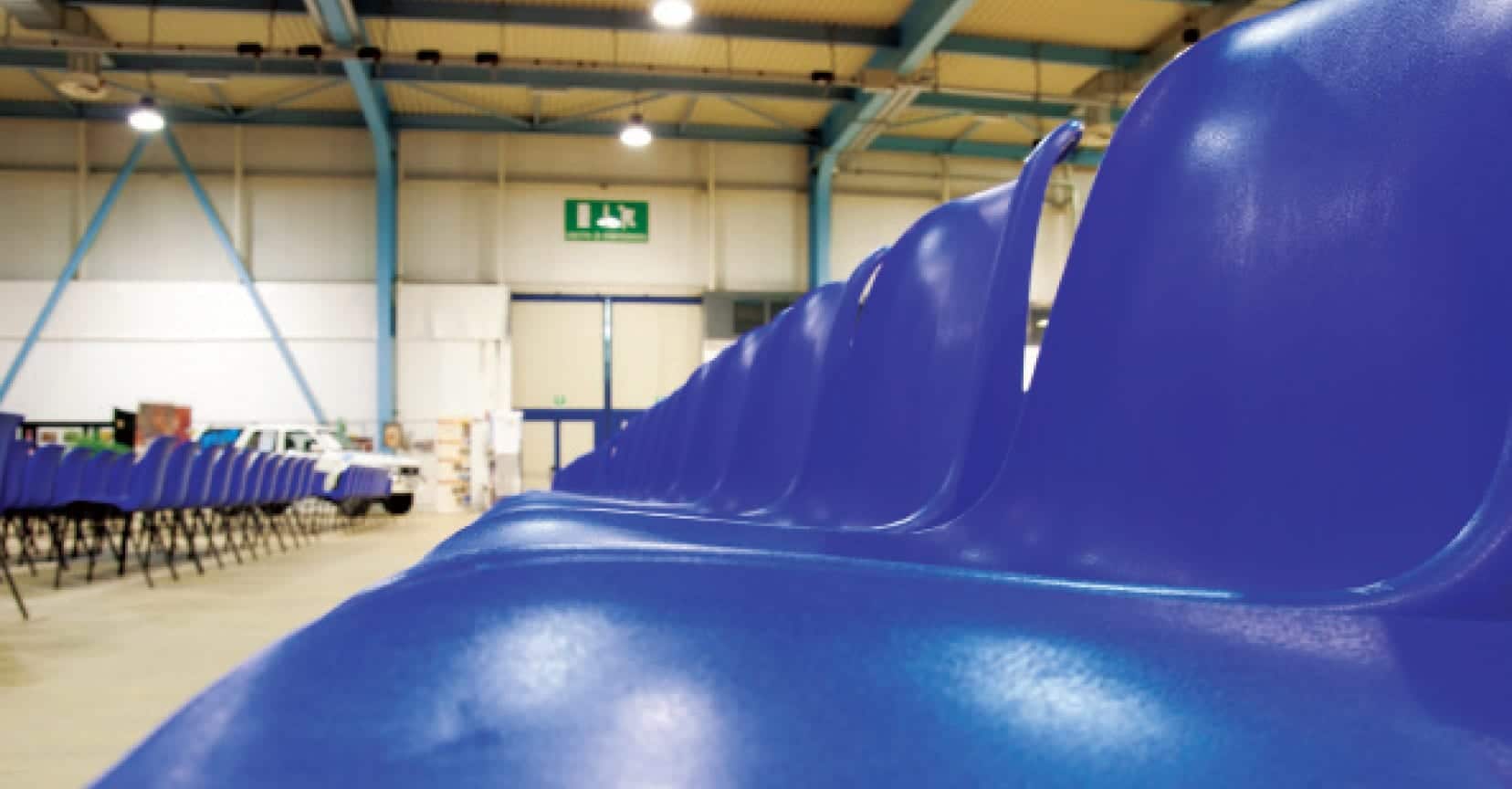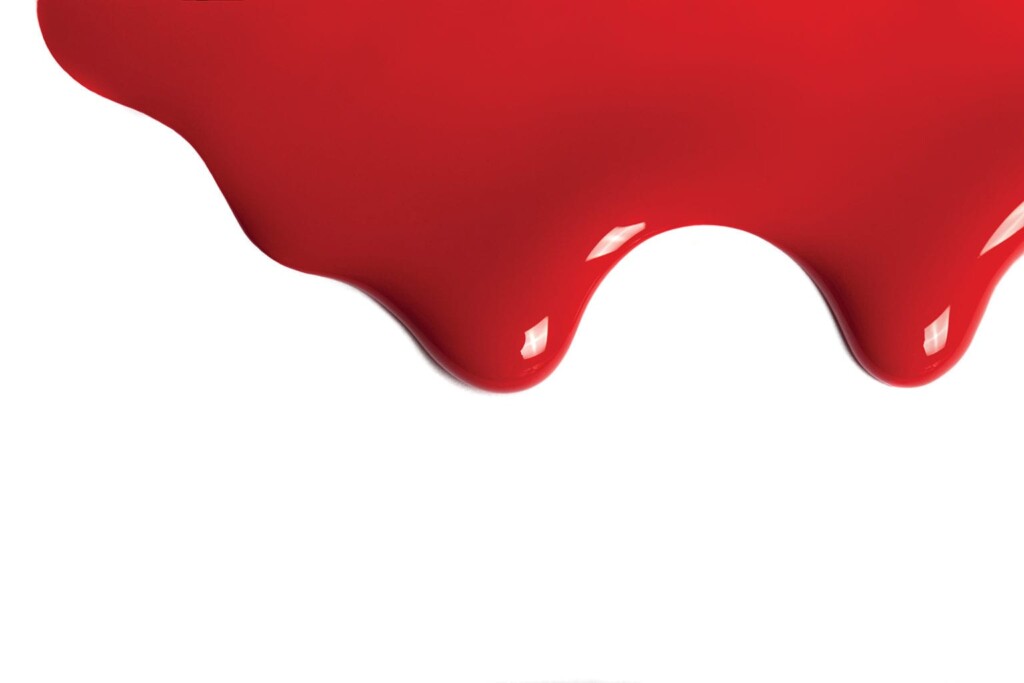By Clifford K. Schoff, Schoff Associates
In Part 1 (Coatings Tech, May 2018, p.60), I introduced Hansen Solubility Parameters and their theoretical basis. If you have read that article, your first questions probably were how do I find or measure such parameters and how do I use them. Values for solvents and many different polymers may be found in the literature (references 1-4 plus many others). Measuring solubility parameters of polymers is tedious (it involves testing solubility in 50-70 solvents and plugging the results into a computer program) and most investigators now estimate parameters of new polymers from contributions by chemical groups in the polymer structure (5). One note of caution: many early publications show solubility parameters in cgs units of (cal/cc)1/2 whereas SI units are MPa1/2. The former values must be multiplied by 2.0455 to change units to the latter.
Polymer and solvent solubility parameters have been used for many years to aid in the development of solvent packages for coatings. The larger paint companies and the major solvent suppliers have computer programs that evaluate solvent blends for their ability to dissolve the resins in a given formula. Solvent suppliers have done such analyses for customers and some of them have shared their software.
Before looking at an example, let us recall that there is a solubility sphere within the three- dimensional plot of the parameters for a given polymer that encloses the solvents that dissolve that polymer. The radius of that sphere can be calculated and the distance of solvent points from its center are measures of their effectiveness. Let us look at an alkyd with solubility parameters of δD = 18.0, δP = 4.0 and δH = 6.0 and a radius of 10.0 (all in units of MPa1/2). A solvent blend that was considered for this resin consisted of xylene, toluene, ME ketoxime, mineral spirits, propylene carbonate, ethylbenzene and VM&P naphtha. An in-house solvent selection program was used to calculate the distance that these solvents were from the center of the sphere. These values are listed in the table below along with predictions for each solvent’s solubility characteristics.

Thus, the blend was predicted to be an adequate solvent, which was shown to be true in practice for the dissolution of a very similar resin.
Similar analyses have been done to explain stripping of dispersing resin from pigments in colorants for heavy duty maintenance coatings, identification of incompatible components in various formulations and the effects of clearcoat solvents on automotive basecoats. Examples of these along with information on following solvent blend parameters on drying or baking will be discussed in the next article in this series.
It must be pointed out that the radius of the solubility sphere varies with the molecular weight of the polymer. To develop higher solids coatings without increasing viscosities, the coatings industry has moved from high MW resins to low MW ones and oligomers, which are soluble in more solvents. This means that solubility sphere radii have increased. This has resulted in solubility parameters being critical in fewer formulations, but they still are important in many other cases.
Selected References
- M. Hansen, The Three Dimensional Solubility Parameter – Key to Paint Component Affinities, Parts I and II, J. Paint Technol., 39 (505), 104-117 and 39 (511), 505-510 (both 1967).
- M. Hansen, Hansen Solubility Parameters: A Users Handbook, CRC Press, Boca Raton, FL, 1999/2002
- M. Hansen, Solubility Parameters in ASTM Manual 17, Paint and Coating Test Manual (14th Edition of the Gardner Sward Handbook), pp. 383-404, 1995; also in 2012 edition, but I could not find the exact reference).
- F.M. Barton, Handbook of Solubility Parameters and Other Cohesion Parameters, 1983 and Handbook of Polymer-Liquid Interaction Parameters and Solubility Parameters, 1990, both CRC Press, Inc., Boca Raton, FL
- Stefanis, C. Panayiotou, Int. J. Thermophys., 29 (2), 568-585 (2008).
